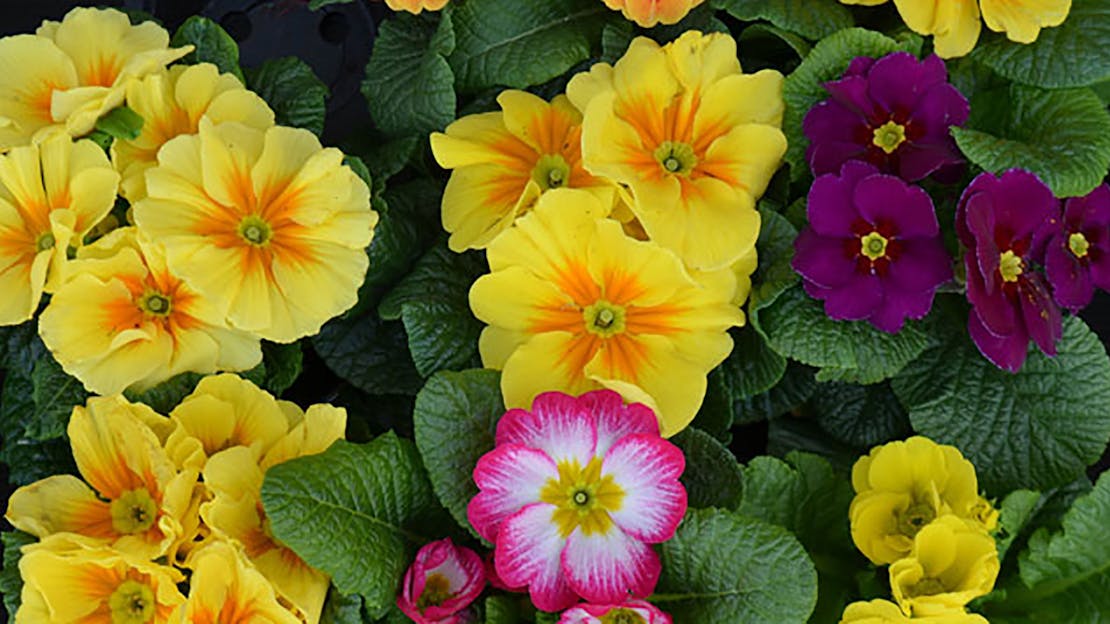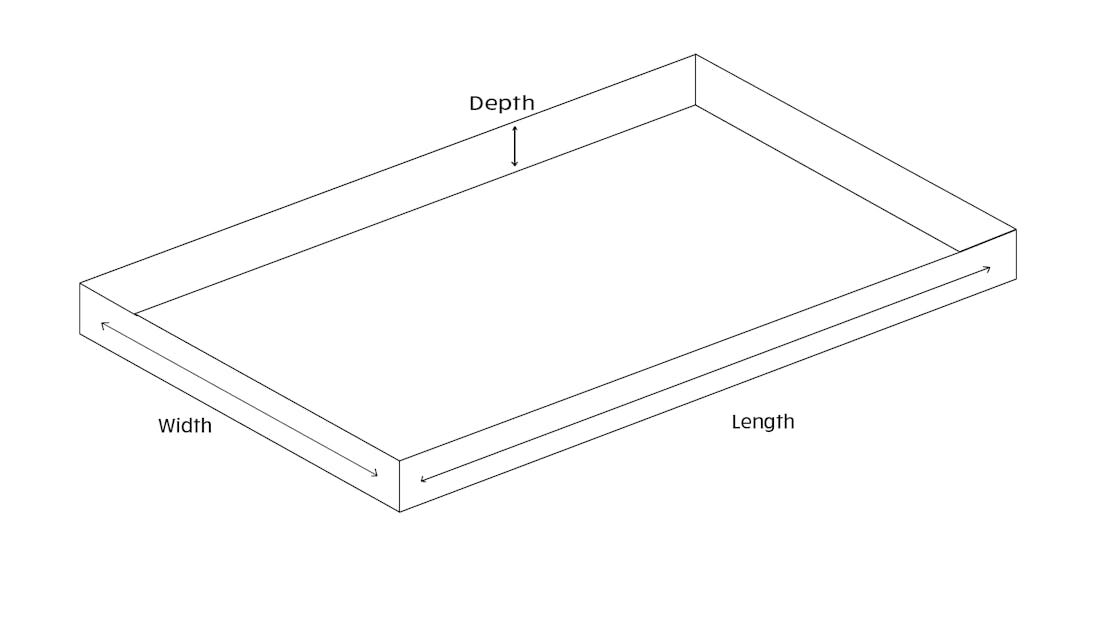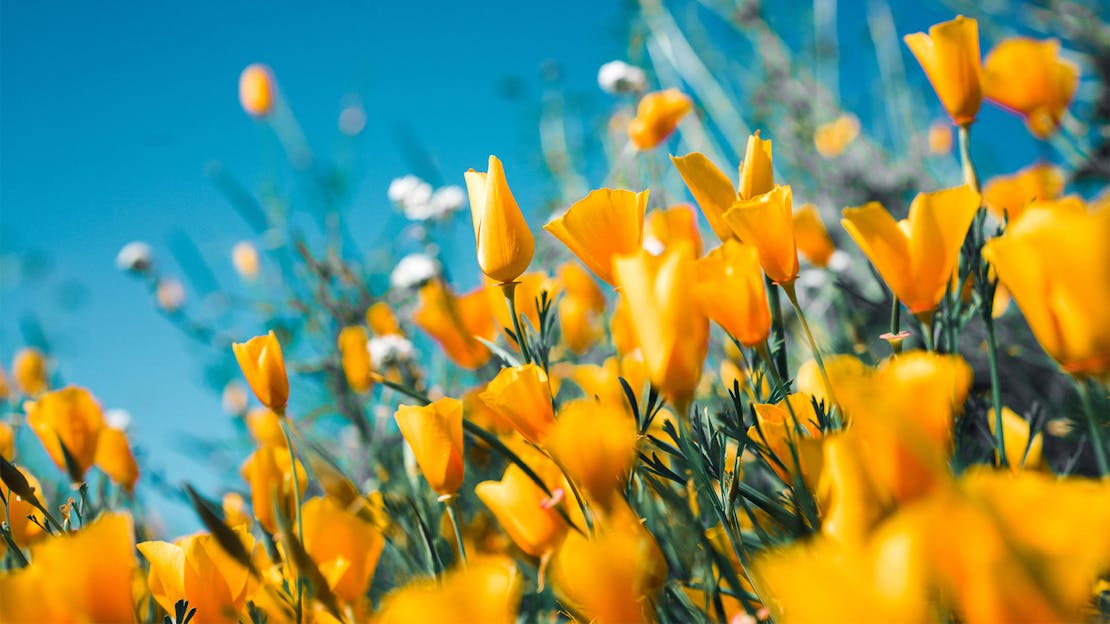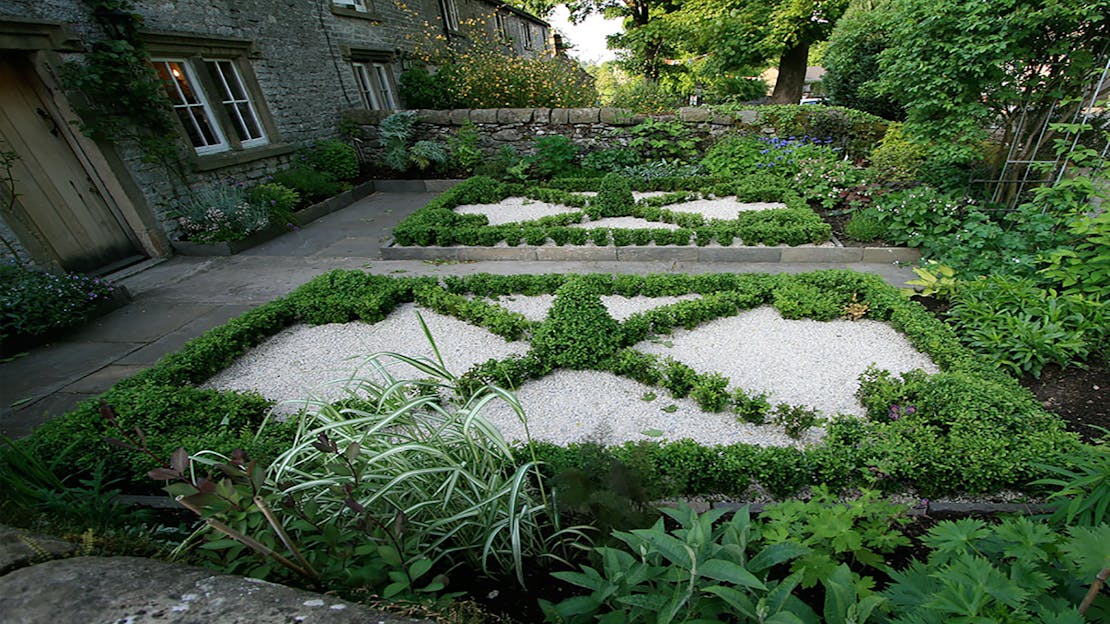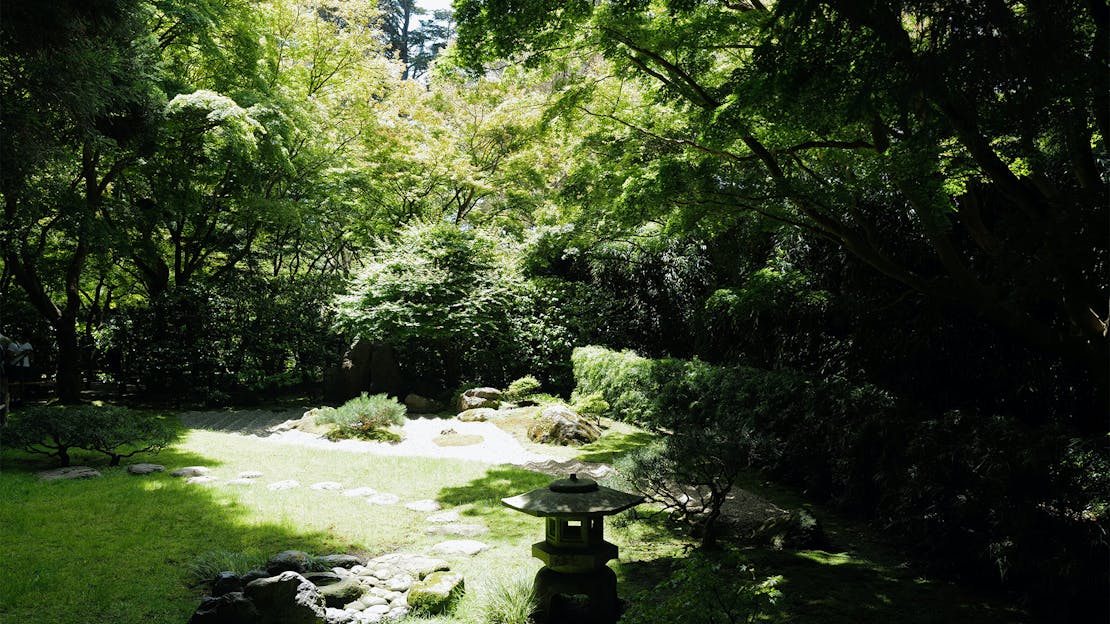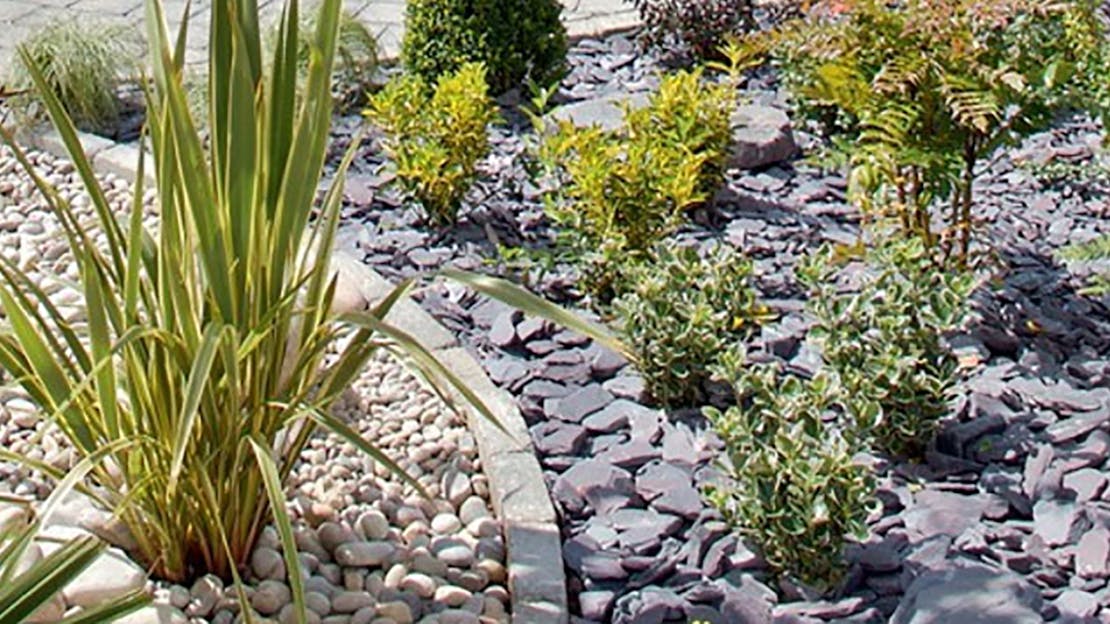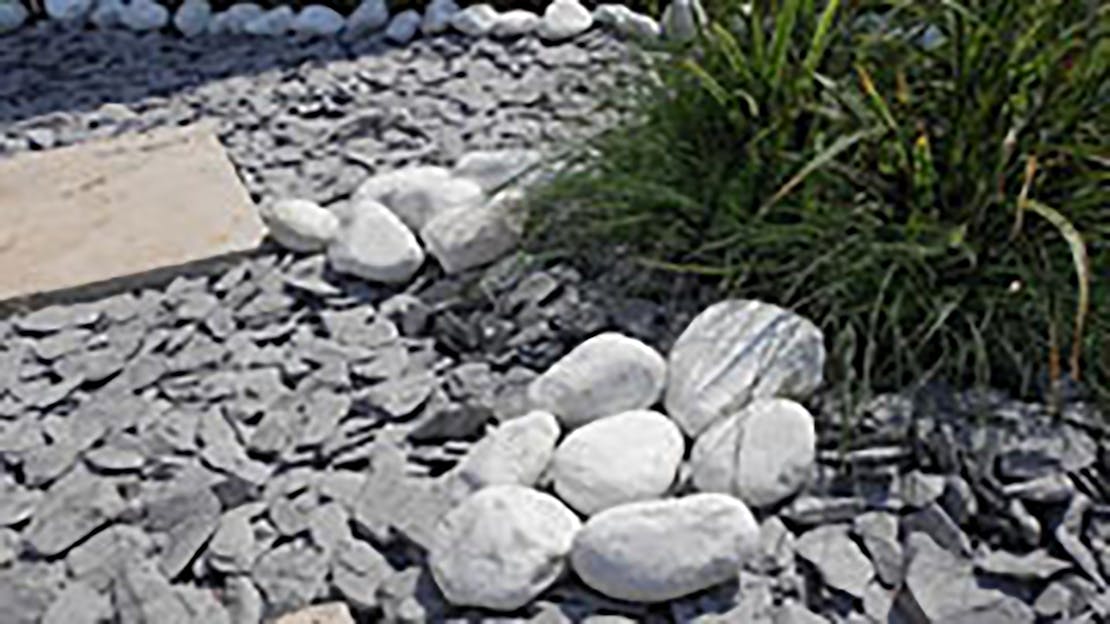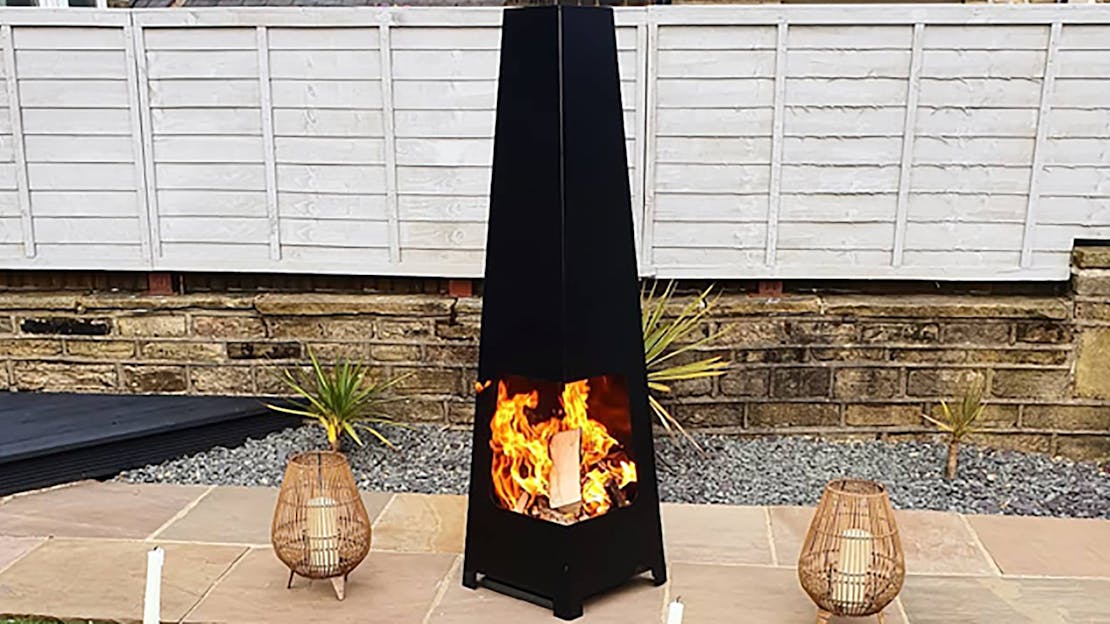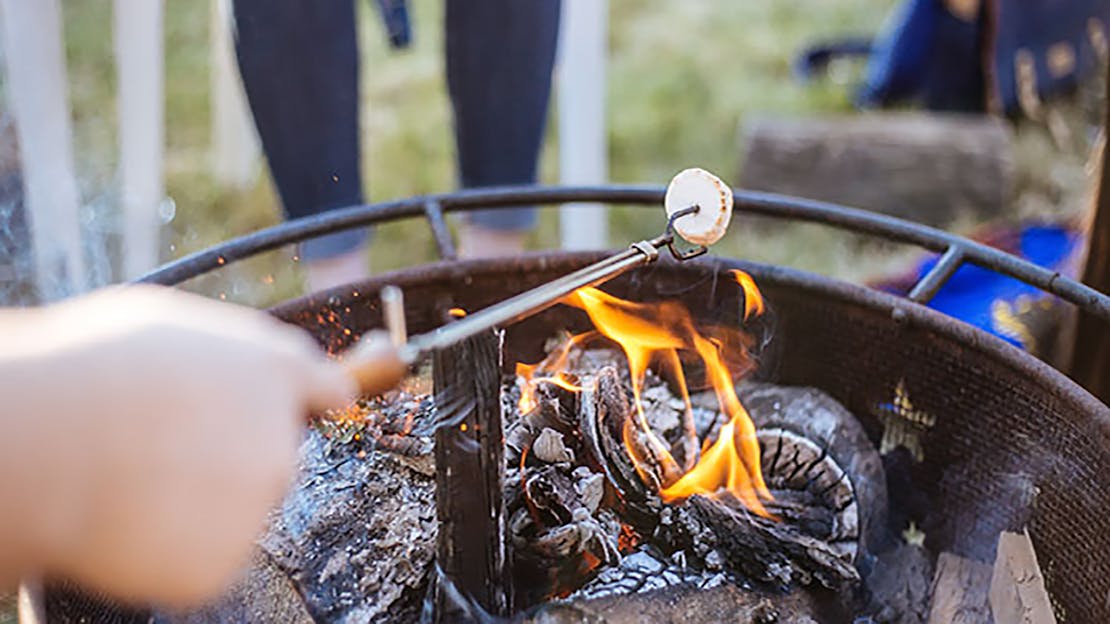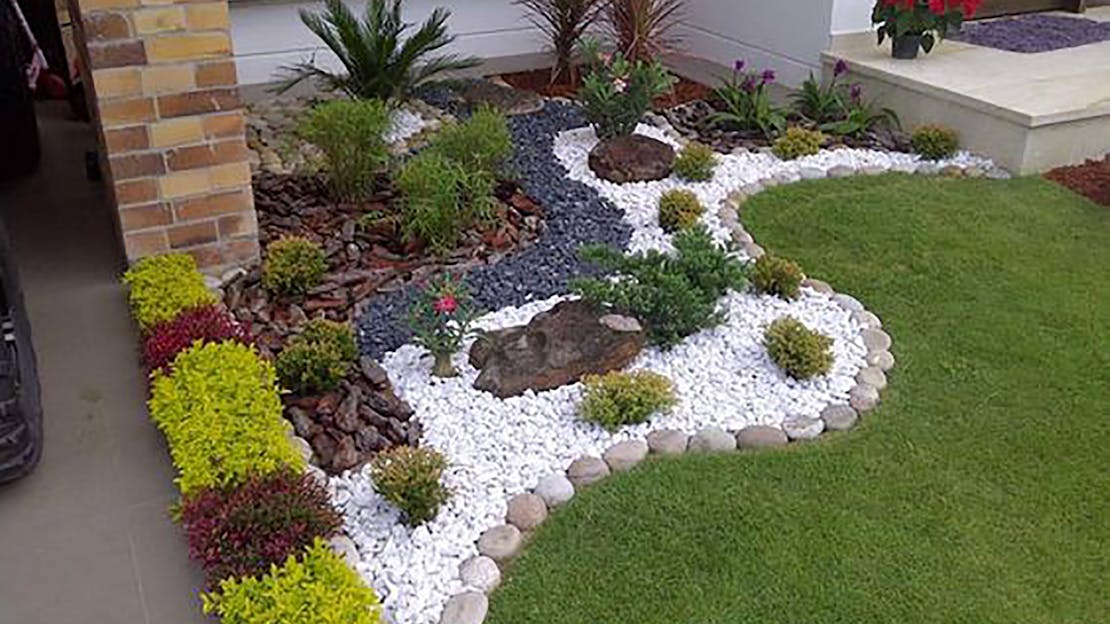
Different types of aggregates and what they are used for
Different types of aggregates, and what the best uses are.
Aggregates are a very common foundation for use in any DIY Project, Garden Venture or Building Design. They are a key ingredient in concrete, bases, drainage systems and for looking good as a decorative touch.
So what are the general types of aggregates you will see available and what are they used for?
10mm Gravel (sometimes referred to as shingle)
These are small, colourful stones that tend to be rounded in shape. An example of this is Pea Gravel. They can be used for decorative purposes to add a splash of colour and character to your garden but they are also very useful for helping with drainage. Water can easily move between the gaps in the stones.
They are most commonly used for:
Pathways
Driveways
Outdoor landscaping
Borders and Flowerbeds
Drainage, Soakaways and Pipe Beds
20mm Stone
These are also colourful stones but are larger than those above, an example of a 20mm stone is Golden Flint. They are great for use in driveways as the larger shapes tend to scatter less. Most 20mm stones are angular in shape so lock into place better than rounded stone. Due to the larger space between the stones, more water can fill the voids before it becomes fully saturated and becomes waterlogged therefore, they are also popular for use in a drainage system.
Common uses:
Driveways
Outdoor landscaping
Bedding for large pipes
Borders and Flowerbeds
Can be combined with cement to make concrete
Slate Chippings
Slate Chippings is a large but flat stone, usually anywhere between 20mm - 40mm. Most commonly as plum slate or blue slate. The shape of these stones mean they lock together really well stopping them from scattering or shifting when being walked on. They allow for space between layers of stones meaning they can be good for drainage. They are very popular amongst avid gardeners for their modern, classy appearance. They can add dimension and character to any garden.
Best Used For:
Driveways
Decorative Features
Paths and Walkways
Mulch, Borders and Flowerbeds
Coarse Sharp Sand (sometimes referred to as horticultural sand)
A sand base containing coarse particles of an angular, sharp and heavy nature to help the sand grip and lock into place during usage.
Used for:
Paving
Driveways
Block laying
Can be mixed into concrete
Coarse Grit (sometimes referred to as horticultural grit)
Coarse Grit is a staple for many soils, it is an essential ingredient in improving the structure and drainage of even the heaviest, clay-based soils by opening up the soil to create small pockets for water to drain through.
Uses and characteristics:
Used in potting compost mixes and planters
Has a neutral pH level which is easy to work with, can be used to aid and assist plant growth
Can be used to provide a decorative top dressing for succulents, alpines, cacti and rock plants
So now you are ready to plan out your own projects using aggregates. You can read any of our other amazing articles, if you are needing any help with gardening, fuels, burning appliances and much more!
Outdoor Living
Want to spruce up your outside area but not sure where to start? In this guide we give you some handy tips on gardening for the complete beginner.
Knowing how much gravel/stone you need to be able to carry out your garden project is key before you begin. We have put together a little guide with some handy tips to give you a good estimate.
When it comes to your garden and keeping it fresh and vibrant, it can be hard to know what to plant in the different season. So in this guide we'll go through the seasons and what you can plant.
Looking into aggregates but don’t know where to start? Want a bit more info before you go ahead? Then look no further!
This guide goes through all the ways in which you can create a low maintenance, effortless garden, that still looks amazingly vibrant and full of life.
So what are the general types of aggregates you will see available and what are they used for?
What you need and what steps are taken to prep your area ready for your aggregate.
Looking for tips & tricks on how to maintain your aggregate garden to keep it looking fresh? This guide tells you everything you need to maintain the garden.
It’s a question that we see constantly come up, what wood should I be burning in my fire pit? Can I use charcoal in my Firepit? Here we go into detail of what to use.
In this guide we’ll be teaching you the best way to get a fire going in your fire pit, as getting a fire going can be a struggle for anyone and you don’t want to have to resort to using accelerants such as lighter fluid.
Fire-pits are a great addition to any garden. In this guide, we look at some things you need to consider from a safety perspective, including where to position it.

